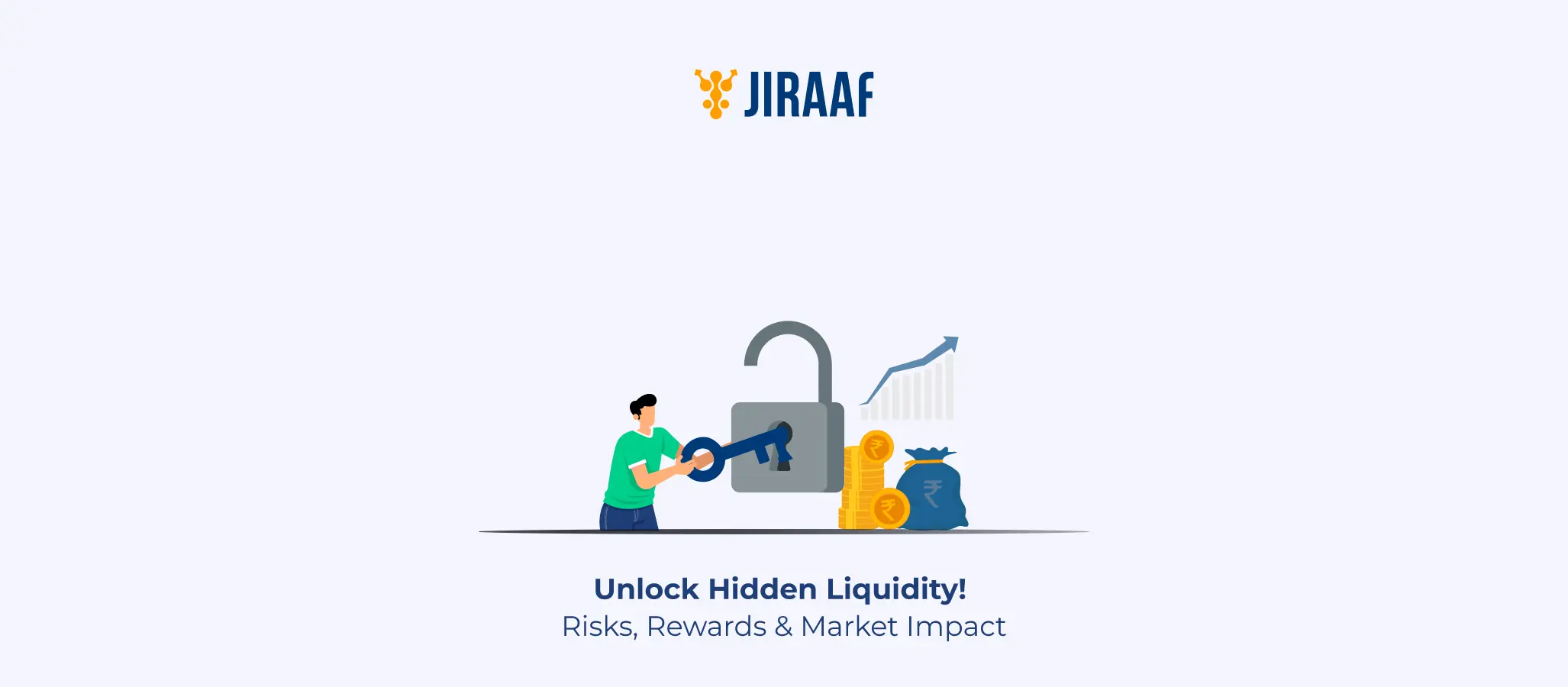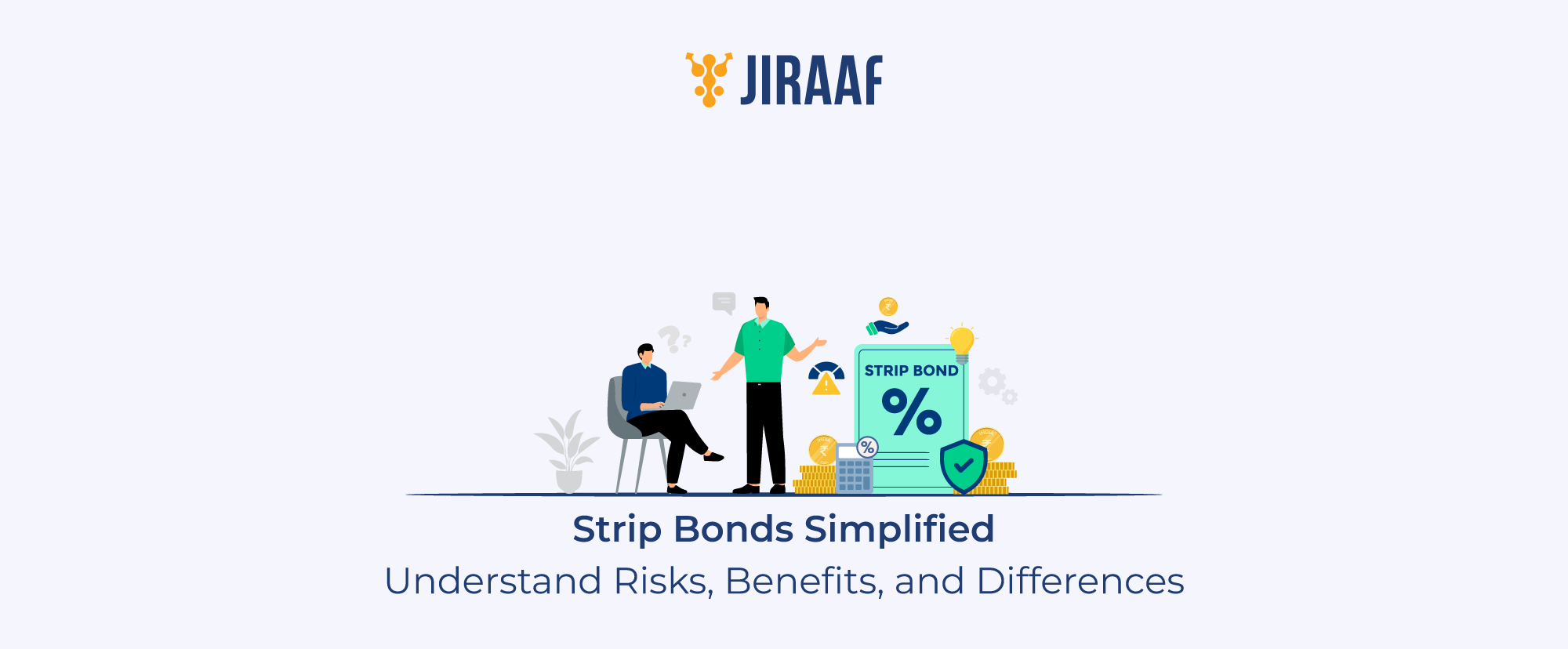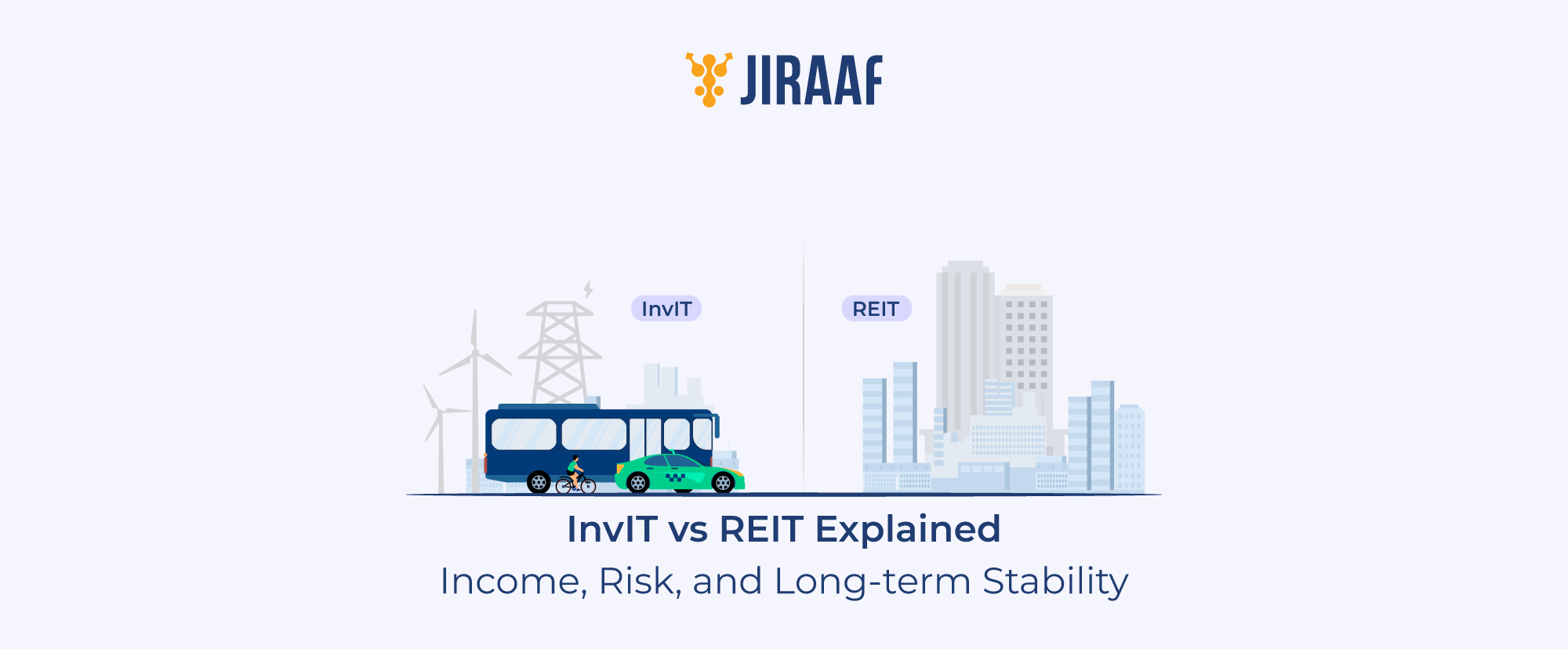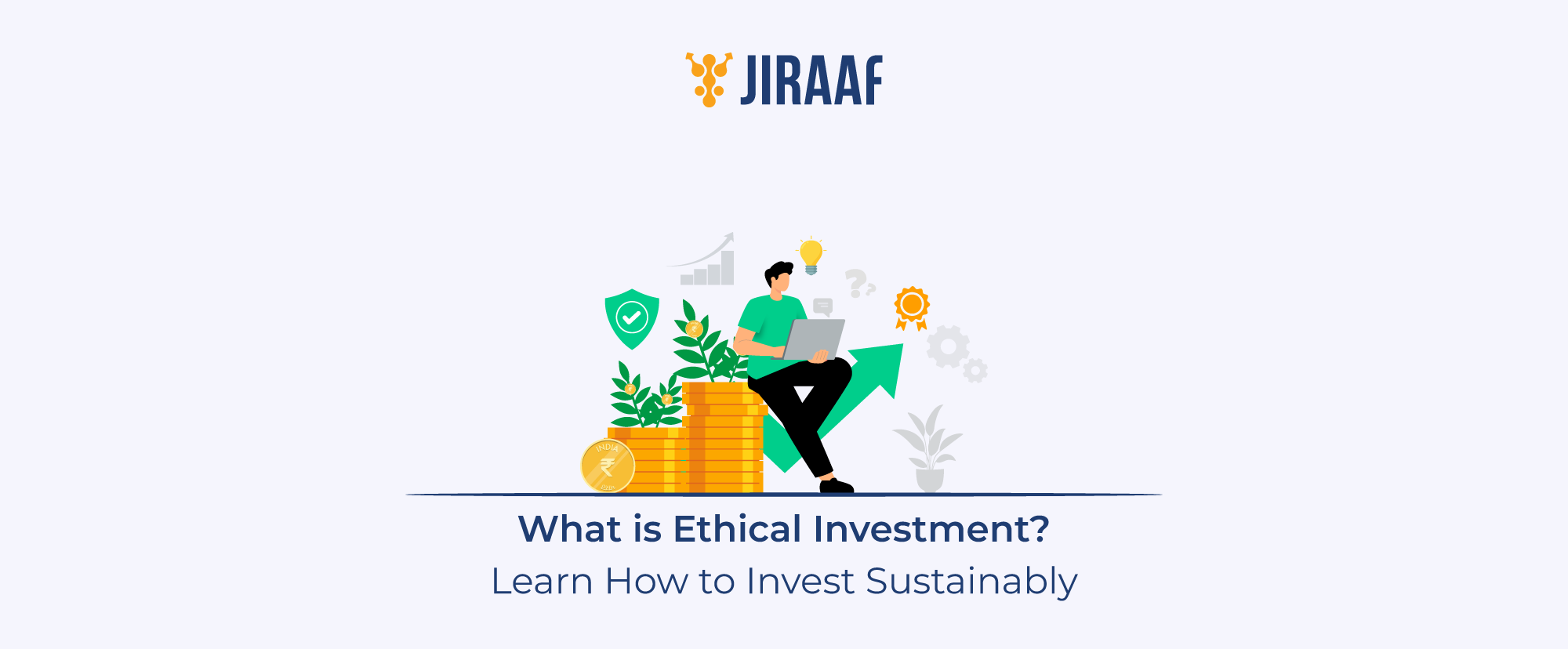Securitization is the financial alchemy of aggregating non-tradable assets (NTAs) and creating tradable securities. Securitization can be defined broadly as the sale of securities based on any asset such as loans, trade receivables, lease rentals, etc. Let’s break down what exactly it is, how it works, key factors that influence it, pros and cons, different types, and an overview of securitization in India.
What is Securitization?
When you’re wondering what securitization is, consider it to be a financial shift. Individual loans, such as home or vehicle loans, are bundled into a pool and then converted into tradable securities. Instead of keeping the loans, the originator sells them to a Special Purpose Vehicle (SPV), which creates bonds or notes secured by the original loans’ cash flows. In India, this process is overseen by the SARFAESI Act of 2002 and monitored by the Reserve Bank of India (RBI) and the Securities and Exchange Board of India (SEBI).
How Does the Securitization Process Work?
In securitization, the firm or originator that owns the assets chooses which assets to remove from their balance sheet. A bank may do this with mortgages and personal loans that it no longer wants to service or acquire funds for new loans.
This pooled group of assets is now referred to as a reference portfolio.
The originator then sells the portfolio to an issuer, who generates marketable securities backed by the portfolio’s assets. You now purchase the new securities at a predetermined rate of return, thus becoming the lender. Securitization enables the original lender or creditor to remove assets from their balance sheets to underwrite further loans. You will profit when the debtors or borrowers make principal and interest payments on the underlying loans and commitments.
To explain it in a detailed step-by-step process;
- Create the assets.
You begin by providing borrowers with loans such as mortgages, vehicle loans, or credit card receivables.
- Form a loan pool.
Next, you organize related loans by kind, maturity, or credit rating. This pool serves as the foundation of the securitisation.
- Set up an SPV.
To isolate the loan pool from your main balance sheet, you establish a distinct legal organisation known as a Special Purpose Vehicle (SPV). This safeguards your institution’s assets in the event of insolvency.
- Transfer the loans.
You sell the loan pool to an SPV. This removes the assets from your books while transferring risk. The SPV compensates you with funds raised by issuing securities.
- Create segments.
The SPV divides the loan pool into various instalments (senior, secondary, and junior), each with its risk-return profile. You can choose according to your risk tolerance.
- Add credit enhancements.
To make the securities attractive, you can include precautions such as additional collateral, reserve cash, or third-party guarantees.
- Getting rated.
The SPV collaborates with credit rating agencies to assign ratings to each segment. Senior tranches typically have higher ratings, suggesting lower risk.
- Market the securities.
You then collaborate with investment banks to market and sell these securities to investors, who can choose between tranches based on their investment objectives.
- Distribute cash flows.
As you return your loans, the servicer collects and distributes the proceeds to you. Senior tranches are paid first, then lower ones.
- Ongoing monitoring and reporting
Finally, the servicer regularly monitors loans’ performance and provides you with regular updates to keep you informed.
Key Players Involved in Securitization
Who is involved?
- Originator: Typically, the loan is owned by a bank or a non-banking financial company (NBFC).
- SPV/Trust: A separate legal entity that acquires assets and issues securities.
- Investors: include institutional players such as mutual funds, pension funds, foreign investors as well as individuals or retain investors.
- Credit agencies: Such as CRISIL or ICRA, rate tranches.
- Trustee/Servicer: Manages cash flows, assures compliance, and oversees payouts.
In India, the RBI regulates conventional and stressed assets, whereas SEBI regulates market-linked securitization.
Benefits and Risks of Securitization
Benefits
- Improves liquidity by allowing banks to free up cash for lending.
- Banks transmit default risk to you when you invest, increasing the balance sheet health.
- You have access to structured returns and a variety of risk-return scenarios.
In FY2021-22, India’s securitization market reached ₹1.35 lakh crore, increasing financial depth.
Risks
- Poorly underwritten assets can lead to defaults increasing credit risks.
- Early repayments might have an impact on cash flow projections.
- Transparent disclosures are required for trenching and credit enhancement.
- Changes in holding periods or risk retention rules may interrupt transactions.
Types of Securitization Explained
In India, you can find;
- Standard asset securitization, which includes common products such as house and vehicle loan pass-through certificates (PTCs).
- Stressed asset securitization: Under the current RBI guidelines, banks can bundle NPAs or bad loans.
- Market-linked securitization offers SEBI-regulated asset-backed securities (ABS) and mortgage-backed securities (MBS) for retail investors.
- Green securitization, which involves packaging and issuing SEBI-regulated sustainable debt instruments backed by environmentally and socially responsible (ESG-compliant) assets. These instruments promote green finance by directing capital toward projects that support environmental sustainability, social development, and strong governance practices.
Securitization in India: Regulations and Market Overview
India has a dual regulatory regime:
- RBI-led scheme covers PTCs from banks and NBFCs, mostly through private placements.
- SEBI-regulated ABS/MBS products require tighter disclosure standards for public listing.
Key market updates:
- You need to invest at least ₹1 crore.
- Minimum Holding Period (MHP): Loans must meet seasoning standards, such as three to twelve months before securitization.
- Minimum Risk Retention (MRR): You keep 5-10% exposure to align incentives.
- Stressed Asset Framework (2025): The RBI draft permits banks to convert NPAs into marketable securities.
- Asset reconstruction companies (ARCs) would have a minimum capital of ₹300 crore by 2026, as deferred.
These reforms are intended to boost transparency, encourage market liquidity, and relieve strain on bank balance sheets.
Real-Life Example of Securitization
In FY 2024-25, the volume of securitized standard loans increased by 25% to ₹2.3 trillion. The RBI now allows banks to combine weak retail and credit card loans into marketable debt securities. Consider your bank packaging distressed personal loans and offering them to investors. The bank cleans up its balance sheet, and you would get greater yields, such as junk bonds. It’s a win-win, as long as pricing represents actual risk.
Conclusion
Securitization is the process of pooling or grouping debt to create investable portfolios and marketable financial instruments. You can earn from the interest and principal payments on the underlying assets. Securitization creates both mortgage-backed securities and asset-backed securities, which include consumer and business debt.
Discover fixed income investments with Jiraaf, a SEBI registered online bonds platform that educates and brings access to a wide array of bonds. Sign up today to explore diversified fixed income investment opportunities to support your goal-based wealth creation journey. Start investing!









